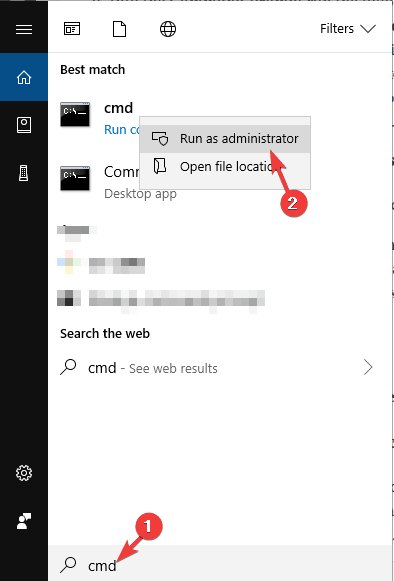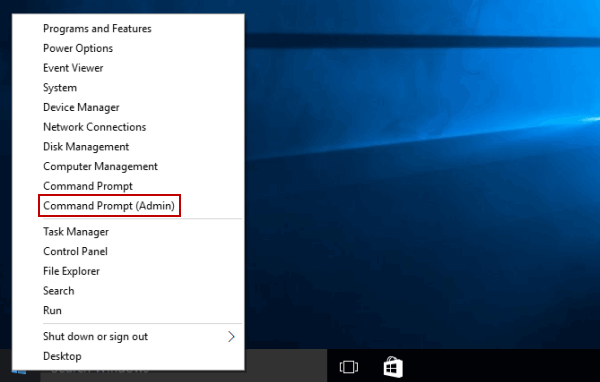

But it’s been made inactive with a registry value named HideBasedOnVelocityId. The “Open command window here” context menu registry entry still exists by default in Windows 10.

If you want to show the “Open command window here” as an extended or hidden menu (to reduce clutter), use this registry file instead: Windows Registry Editor Version /s /k pushd /s /k pushd /s /k pushd \"%V\""Īn “extended” menu appears only when you press and hold the Shift key when right-clicking on a folder or drive. RELATED: Remove “Open PowerShell window here” from the right-click menuĪdditional Tip: Add “Open command window here” as an extended menu

If you’re fond of the old Command Prompt ( cmd.exe), you can add the traditional “Open Command window here” option back in the context menu for file system folders and drives, using a Registry edit. Whereas the regular Command Prompt (CMD.exe) shell knows SC is nothing but SC.EXE, assuming no file of the same name and with a. So to manage services using the SC (SC.EXE) command in the PowerShell window, you’ll need to type the file extension. “ SC” is understood as the alias for “ Set-Content” PowerShell cmdlet. For instance, running the “SC” command under the PowerShell window gives different results than what you get when running the same command from a regular Command Prompt shell.
Typing “cmd” (or “powershell”) in File Explorer’s address bar will remain a quick way to launch the command shell at that location.įor those who prefer to use Command Prompt, you can opt-out of the WIN + X change by opening Settings → Personalization → Taskbar, and turning “ Replace Command Prompt with Windows PowerShell in the menu when I right-click the Start button or press Windows key+X” to “Off”.Īlthough you can run the old commands in the PowerShell window, you need to use the “.exe” suffix when running certain commands. It (PowerShell) replaces Command Prompt (aka, “cmd.exe”) in the WIN + X menu, in File Explorer’s File menu, and in the context menu that appears when you shift-right-click the whitespace in File Explorer.


 0 kommentar(er)
0 kommentar(er)
